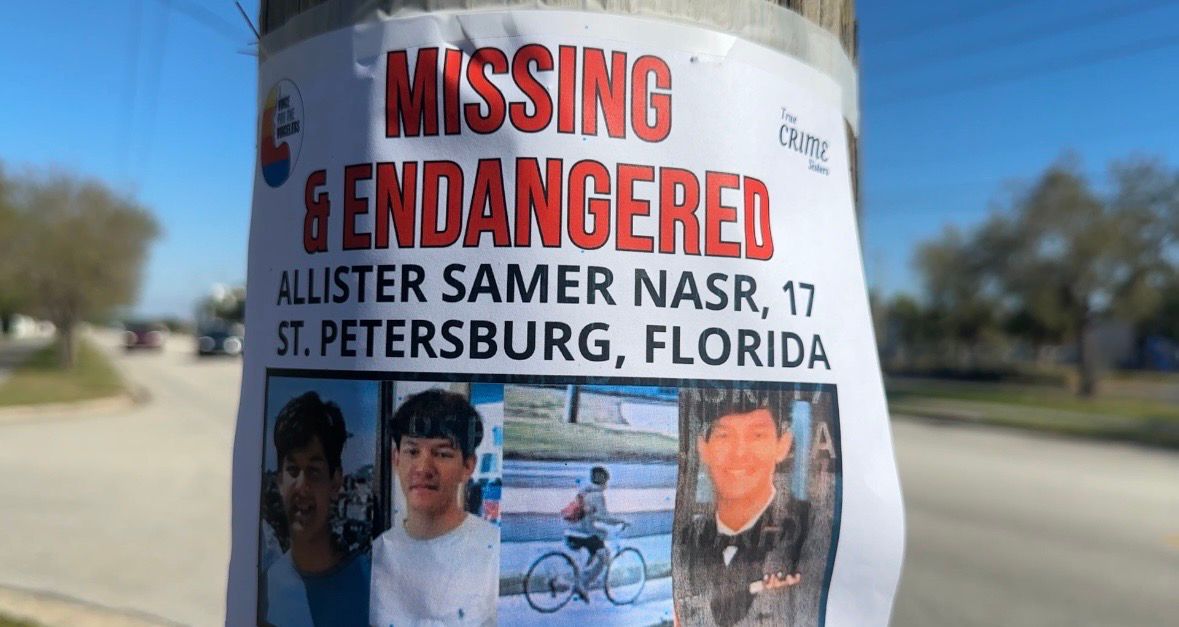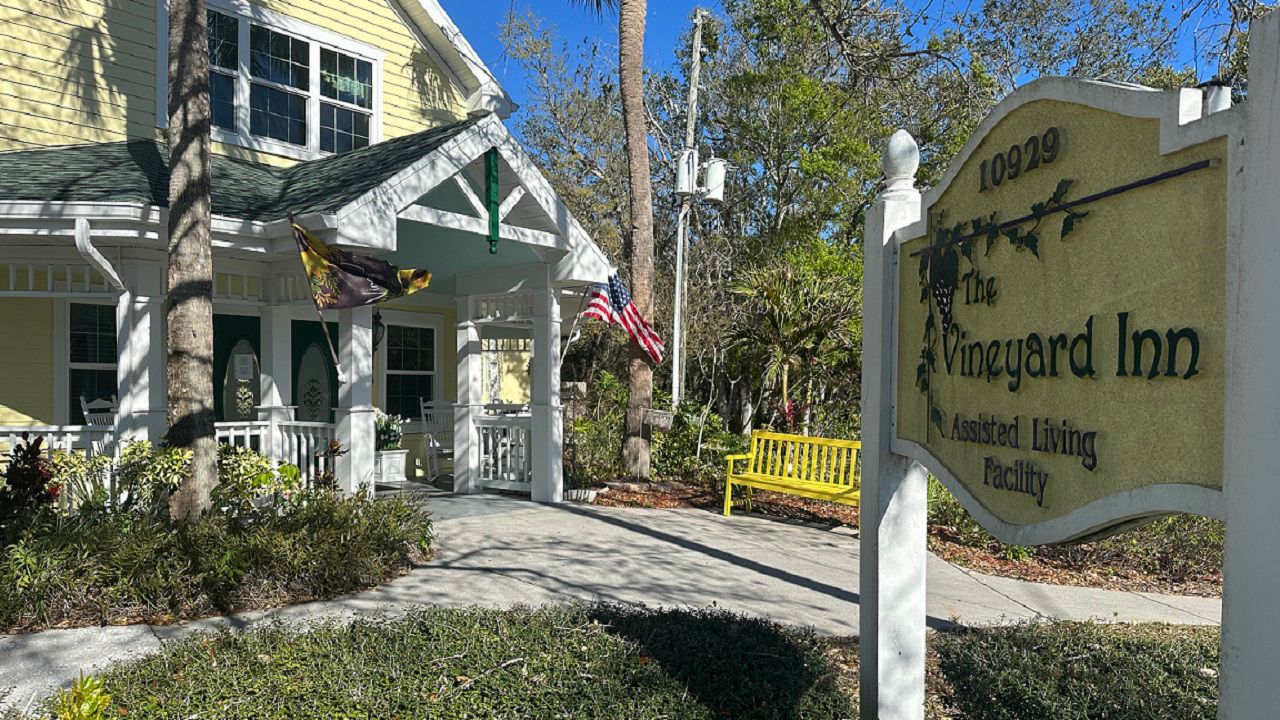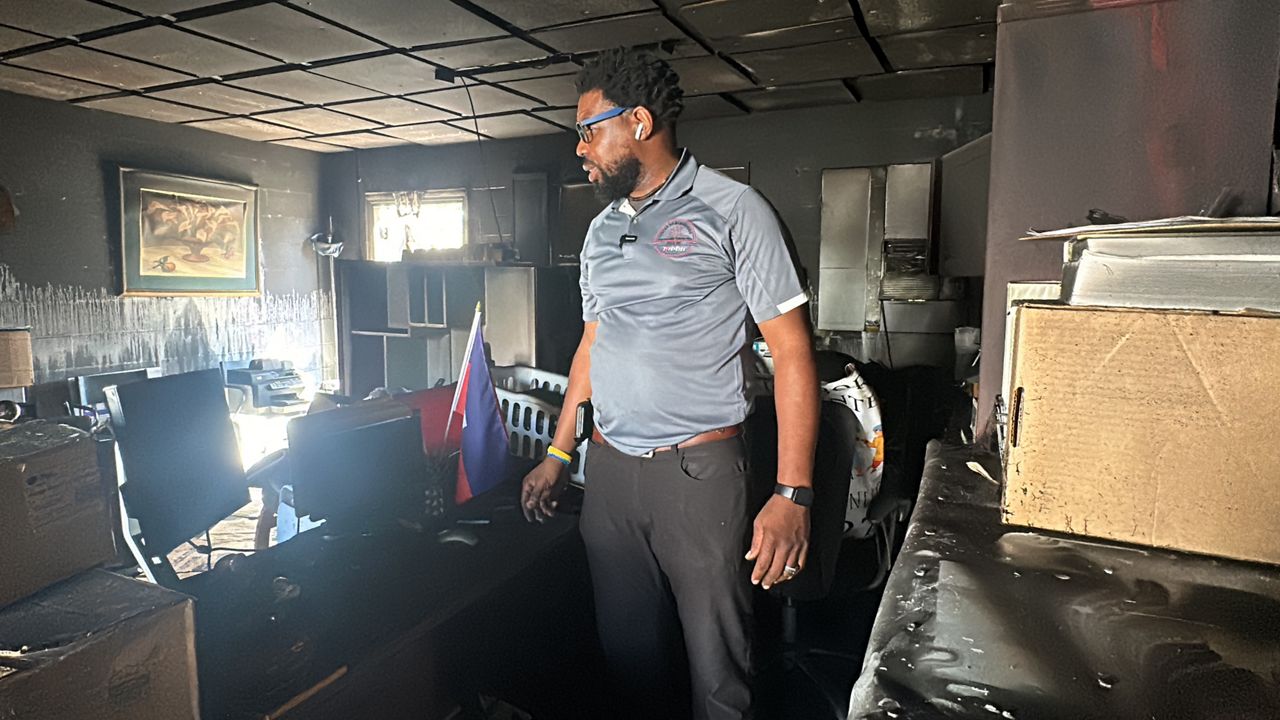ST. PETERSBURG, Fla. — The city of St. Pete’s rodent control program is testing out new rodenticide options after a number of owls across Pinellas County turned up dead over the last year.
What You Need To Know
- Beloved owls had rat poison in their systems when they died, necropsy shows
- Residents are asking St. Pete officials to try less potent products for rodent control
- More: Owls die in Safety Harbor
After the popular Safety Harbor owls died from what experts say was likely poisoning from rodenticides commonly used by homeowners and local governments alike, a group of residents starting pushing for some changes.
Their hope is that Pinellas County’s largest cities will stop using second-generation anticoagulant rodenticides, which are highly potent and known to affect wildlife that ingest the rats.
Fred Brisard spends countless hours photographing the majestic owls that live in Safety Harbor’s Philippe Creek Park. Watching the owls he loves pass away, he says, was heartbreaking.
“When they die, they hemorrhage to death,” Brisard explained. “So when the owl eats the rodent, all the poison in that rodent’s organs are transferred to the owl. So the owl will die of the same terrible death.
But just asking people to abandon rodenticides can be tricky. Rats generally go where people go and are known to damage homes and spread disease.
Any type of ban or restriction on selling second-generation anticoagulant rodenticides in stores would have to come from the EPA or the state, so the group of concerned Pinellas County residents decided to start by asking the city of St. Pete to use a product that is less toxic to wildlife.
During a meeting of the Health, Energy, Resilience, and Sustainability Committee on Thursday, a representative from St. Pete’s rodent control program explained they only switched to the second-generation rodent product about five years ago after overuse and misuse caused the less toxic first-generation version to not work as well.
St. Pete Council Member Gina Driscoll said following the meeting, she spoke with the program director and they agreed to test two different products: A first-generation rat poison similar to what the city used to use before 2017, and a new more eco-friendly product.
“We are making progress,” Driscoll wrote in an email. “By educating the public, promoting prevention first, and using a safer product when needed, I’m confident that we are moving in the right direction to protect our beloved owls and other birds of prey.”
After the St. Pete rodent control program has had a chance to test the new products, they will meet again with the committee to determine if changes will be made.









